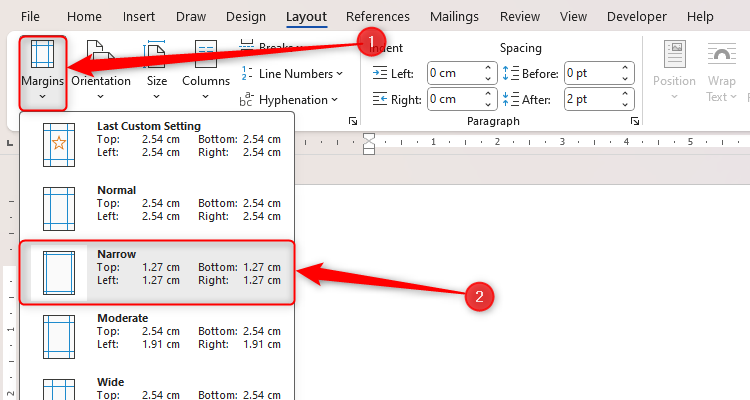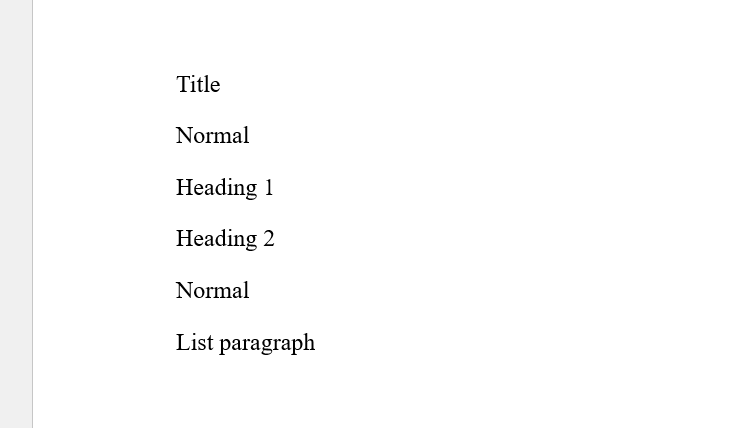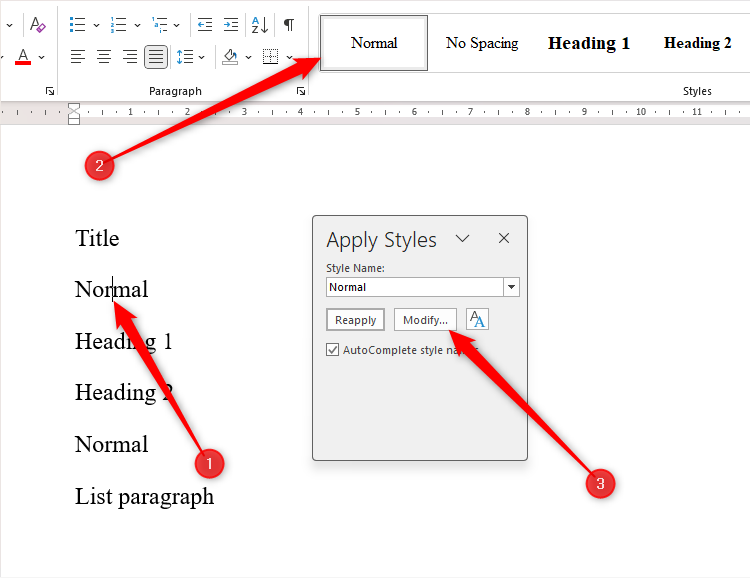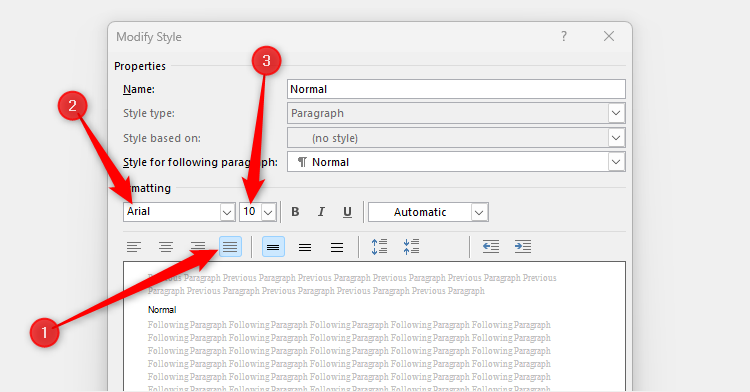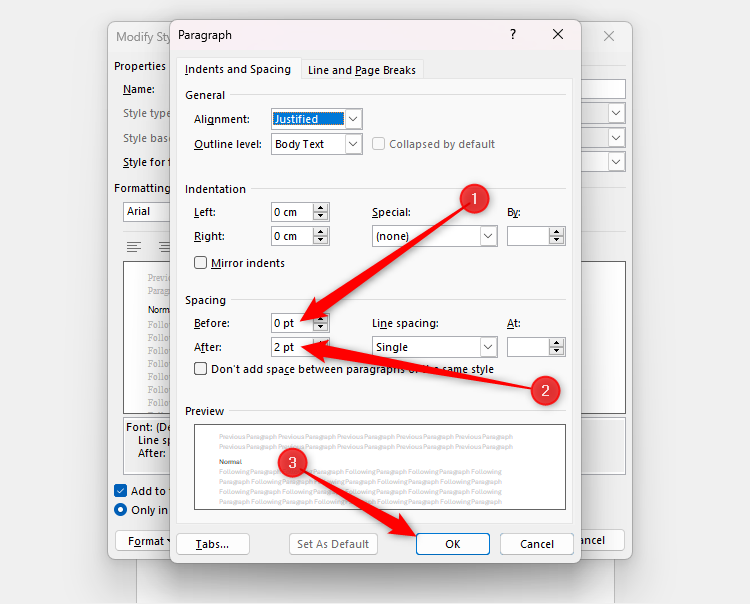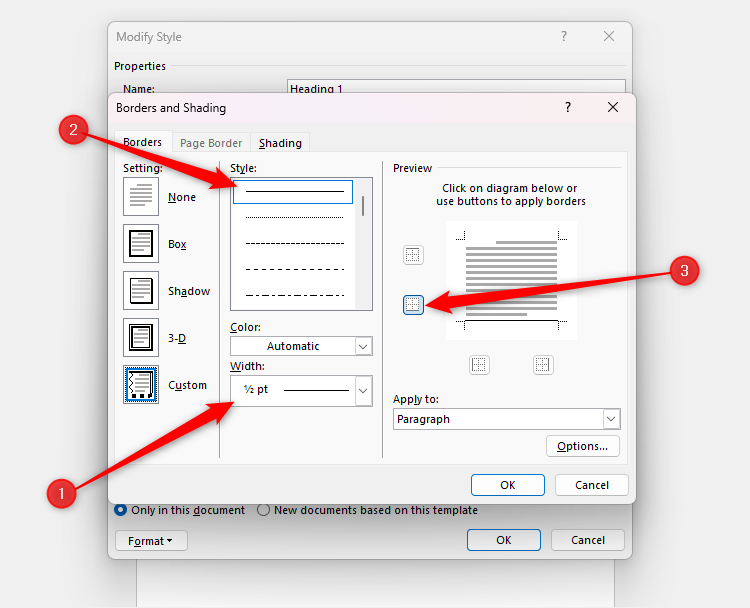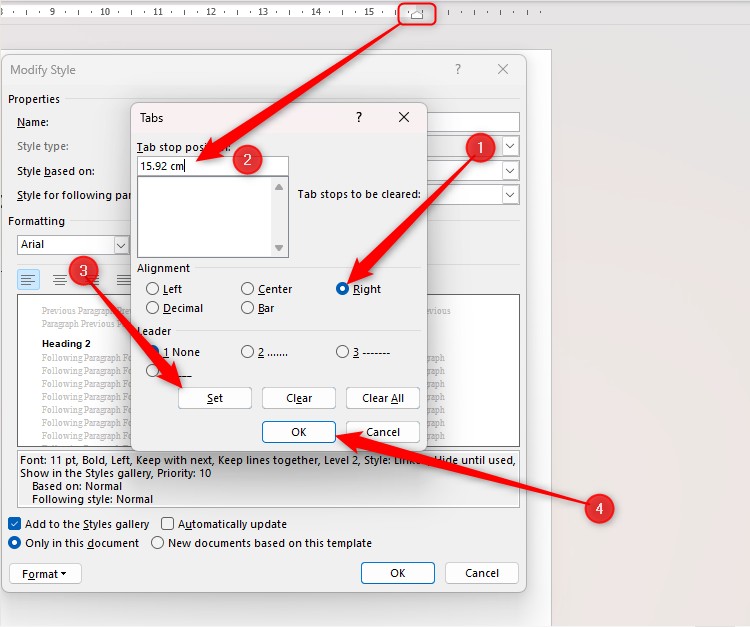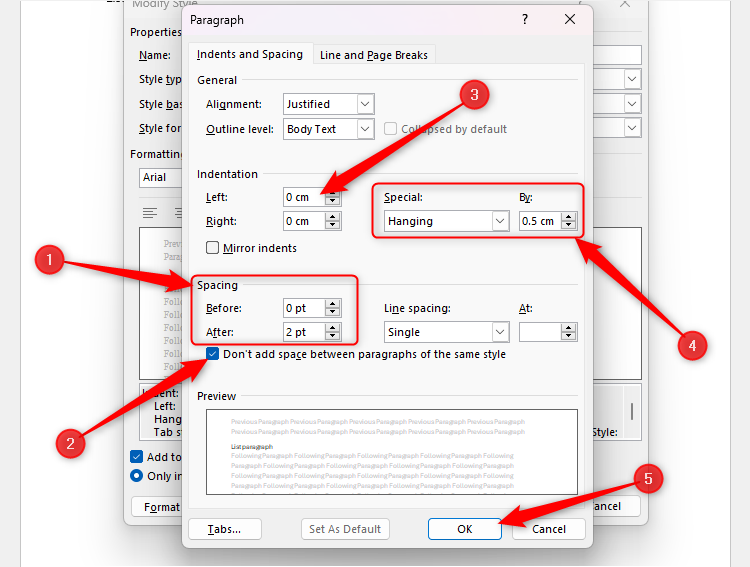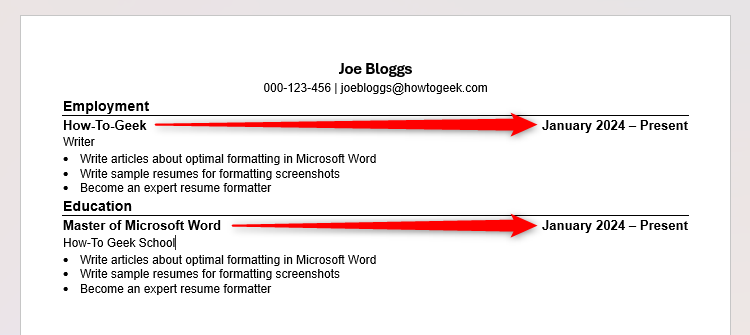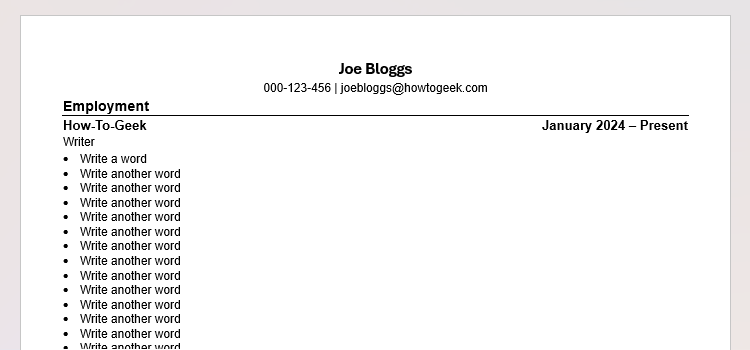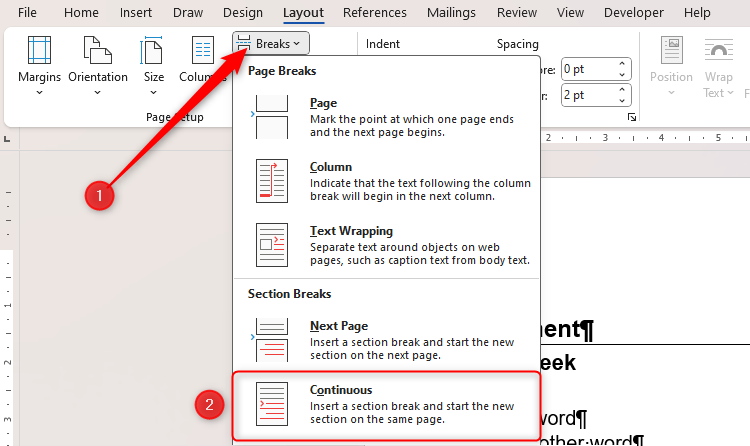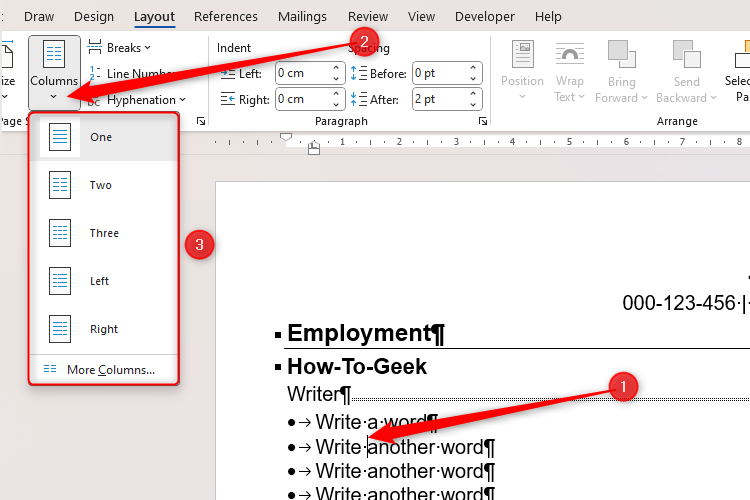On average, recruiters can take as little as six to seven seconds to assess a candidate’s suitability for a job based on their resume. Getting all your important information on one or two pages is a daunting prospect, but making a few adjustments to your resume’s formatting is a good place to start.
The benefit of the tips offered in this article is that they involve straightforward formatting that Word was built to facilitate. Adding images and text boxes, and using complex layouts and structures, can confuse automated application tracking systems that many employees use to filter through the thousands of resumes they receive, so it’s crucial to keep things simple to give yourself the best chance.
Disclaimer—In this article, we are offering
formatting
tips to help you reduce the structural length of your resume and ensure it can be read by automated tracking systems. We are not advising you on how to write a successful CV!
If you have already typed your full resume, you could apply the following formatting settings to your document. However, depending on how you set it up, this might not work. So, your best option is to open a new document, and once you’ve set up the formatting in the steps below, paste the text from your previous resume to this new layout using the Keep Text Only pasting tool.
Adjust the Margins
The first step is to adjust your margins, so that you can fit more text onto each page. It might be tempting to manually click and drag the ruler at the top and side of your document, but doing so can create margin inconsistencies and cause issues when you add bullet points. Another reason for avoiding this method is that you might move your margins too close to the edge of the page, which can result in parts being cut off if your resume is printed.
Instead, use Word’s in-built narrow margins. In the Layout tab on the ribbon, click “Margins,” and choose “Narrow.”
Set Up Your Styles
The central part of shortening your resume is modifying the styles, especially the spaces between each line.
Before you start typing or pasting your resume’s details, copy the following six lines of text into your Word document, pressing Enter once at the end of each line (don’t worry about styles for now).
Now, place your cursor in one of the two “Normal” lines, and click “Normal” in the Style Gallery on the Home tab. Then, press Ctrl+Shift+S, and click “Modify.”
We set the Normal style first, as it will dictate some fundamental settings for the other styles you will modify next.
In the Modify Style dialog box, select the Justified Alignment icon, choose a sans serif typeface (such as Aptos or Arial), and change the font to size 10. This will change the other styles to the same typeface, but do check as you go along.
In the Paragraph settings (which you can access by clicking “Format” at the bottom of the dialog box), set the Spacing Before to 0, and change the Spacing After to 2 pt. Then, click “OK” twice to close the dialog boxes.
As soon as you modify a style, the text should change to align with your settings. However, if it doesn’t, with your cursor within the applicable text, press Ctrl+Shift+S, and click “Apply.”
Now, click where you typed “Title” (where your name will go) into your Word document, click “Title” in the Style Gallery, and then amend that style with the following settings:
- In the Modify Style dialog box, click the Center Alignment icon, then change the font to the same typeface as in your Normal style: size 14 and Bold.
- In the Font settings, open the “Advanced” tab, and ensure you have Normal Spacing.
- In the Paragraph settings, set the Spacing Before to 0, and change the Spacing After to 2 pt.
- Close the dialog boxes again.
Next, go to where you typed “Heading 1” (this is where your sections—such as Education and Employment—will go), click “Heading 1” in the Style Gallery, and modify the formatting as follows:
- In the Modify Style dialog box, choose the Left Alignment button, and change the font to size 12 and Bold.
- In the Paragraph settings, set the Spacing Before to 0, and change the Spacing After to 2 pt. Go to the “Line And Page Breaks” tab, and check “Keep With Next.”
- In the Border settings, choose a ½ pt plain border, and set it so that the border runs under the text (see the screenshot below).
- Click “OK” twice.
Then, click “Heading 2” in your document (this heading is for the company or college name), apply the “Heading 2” style, and amend this style in the following ways:
- In the Modify Style dialog box, click the Left Alignment icon, and change the font to size 11 and Bold.
- In the Paragraph settings, the Line And Page Breaks tab will still be open, so check “Keep With Next.” Then, reopen the “Indents and Spacing” tab, set the Spacing Before to 0, and change the Spacing After to 2 pt.
- In the Tabs settings, check “Right,” and type the dimension that represents the right-hand side of your page into the Tab Stop Position field (as in the screenshot below). Click “Set” and “OK.”
- Click “OK” in the Modify Style dialog box.
Now, go to where you typed “List paragraph” (this is where the experience details will go), press Ctrl+Shift+S, and type List Paragraph into the Style Name field. Then, click “Apply” and “Modify,” and use these settings:
- In the Modify Style dialog box, select the Justified Alignment icon, and change the font to size 10.
- In the Numbering settings, open the Bullets tab, and select a round bullet.
- In the Tabs settings, check “Left,” and set the Tab Stop Position to 0.5 cm. Click “Set” and “OK.”
- In the Paragraph settings, set the Spacing Before to 0, change the Spacing After to 2 pt, and check the “Don’t Add Space” checkbox. Then, change the Left Indentation to 0 cm, and the Special Indentation to “Hanging” and 0.5 cm.
- Close the dialog boxes.
Finally, go to the first of the two Normal lines, and use the Paragraph group in the Home tab on the ribbon to centralize the text. This is where you add some personal details, such as your address, phone number, or email address.
If you can’t see any of the above styles in the Style Gallery, select the relevant text on your page, press Ctrl+Shift+S, carefully type the style name in the Style Name field of the Apply Styles dialog box, and click “Apply.” That style will then appear in the Style Gallery for later use.
This is how your document should look at this point.
You can now click any of the styles in the Style Gallery when you move to the next section.
Use Right-Aligned Tab Stops
Remember adding a right-hand tab stop in Heading 2? We did this because it allows you to add more information about that experience (such as the dates) on the same line, rather than adding another line and lengthening your resume.
To do this, place your cursor at the end of the text in your Heading 2 style, and press the Tab key. You will then see your cursor move to the right, where you can add that further detail.
If you want to do the same with other styles, modify the Tabs settings as you did for Heading 2.
Use Section Breaks
Section Breaks are a great space-saver, as they mean you can add columns to a part of your resume.
In this example, we have a long list of short bullet points, which looks untidy and results in a lot of white space.
Click before the first word at the start of the list, and click Breaks > Continuous in the Layout tab on the ribbon.
Click “Show/Hide” (¶) in the Home tab to make these breaks visible, and then click the same icon to remove them once you’re done.
Now, do the same after the final word of the list.
Then, with your cursor anywhere inside the list, click “Columns,” and choose the appropriate option. If you want to add or remove columns, simply select the same drop-down option and choose the number or style that works for you.
Click “¶” to turn off the Show/Hide option, and see your section nicely presented in columns. More importantly, appreciate the space you’ve saved!
The beauty of using this method rather than adding a table is that you can guarantee consistency in your column width, and columns are more favorable to application tracking systems.
If you’ve discussed Excel skills in your resume, make sure you know these eight fundamental spreadsheet concepts.


